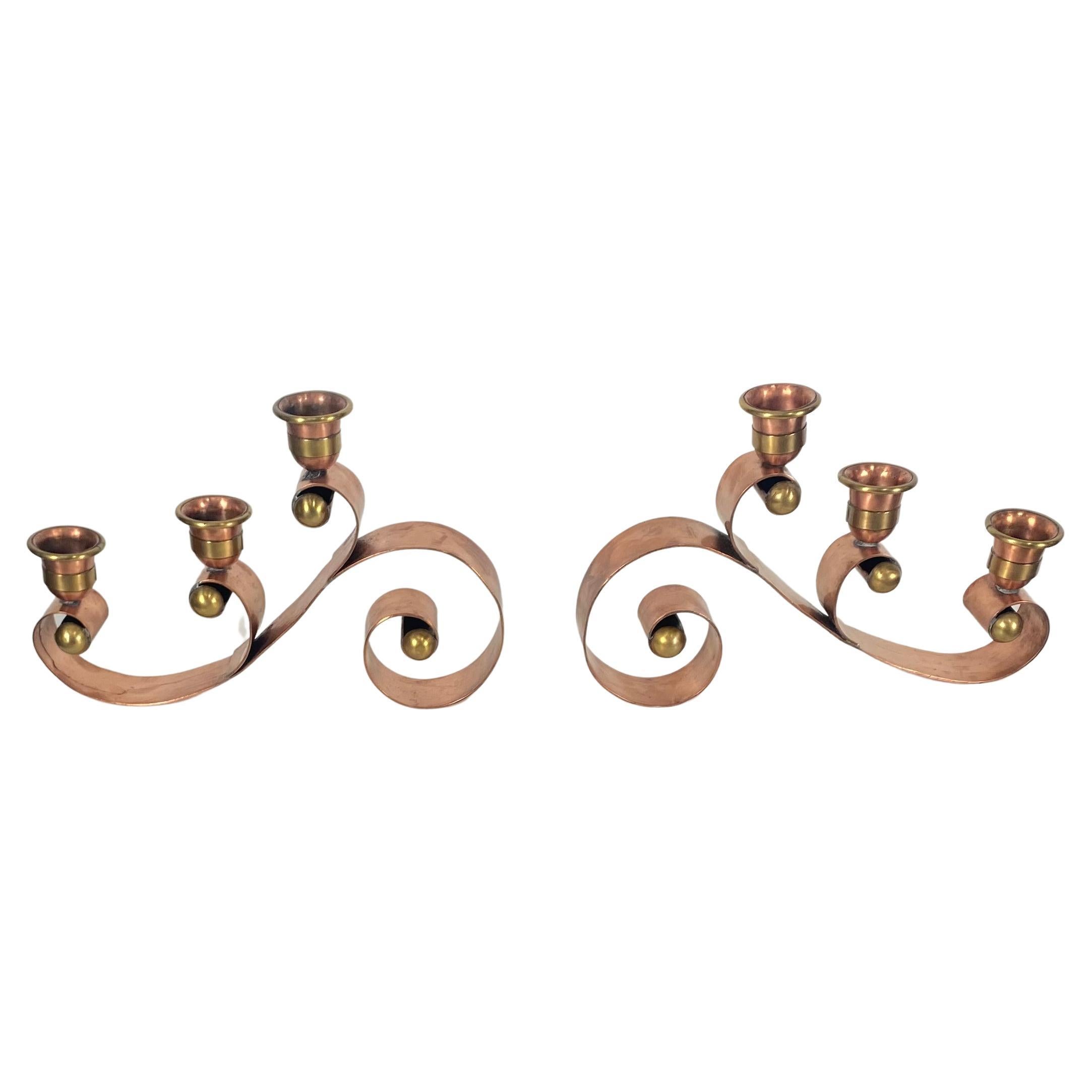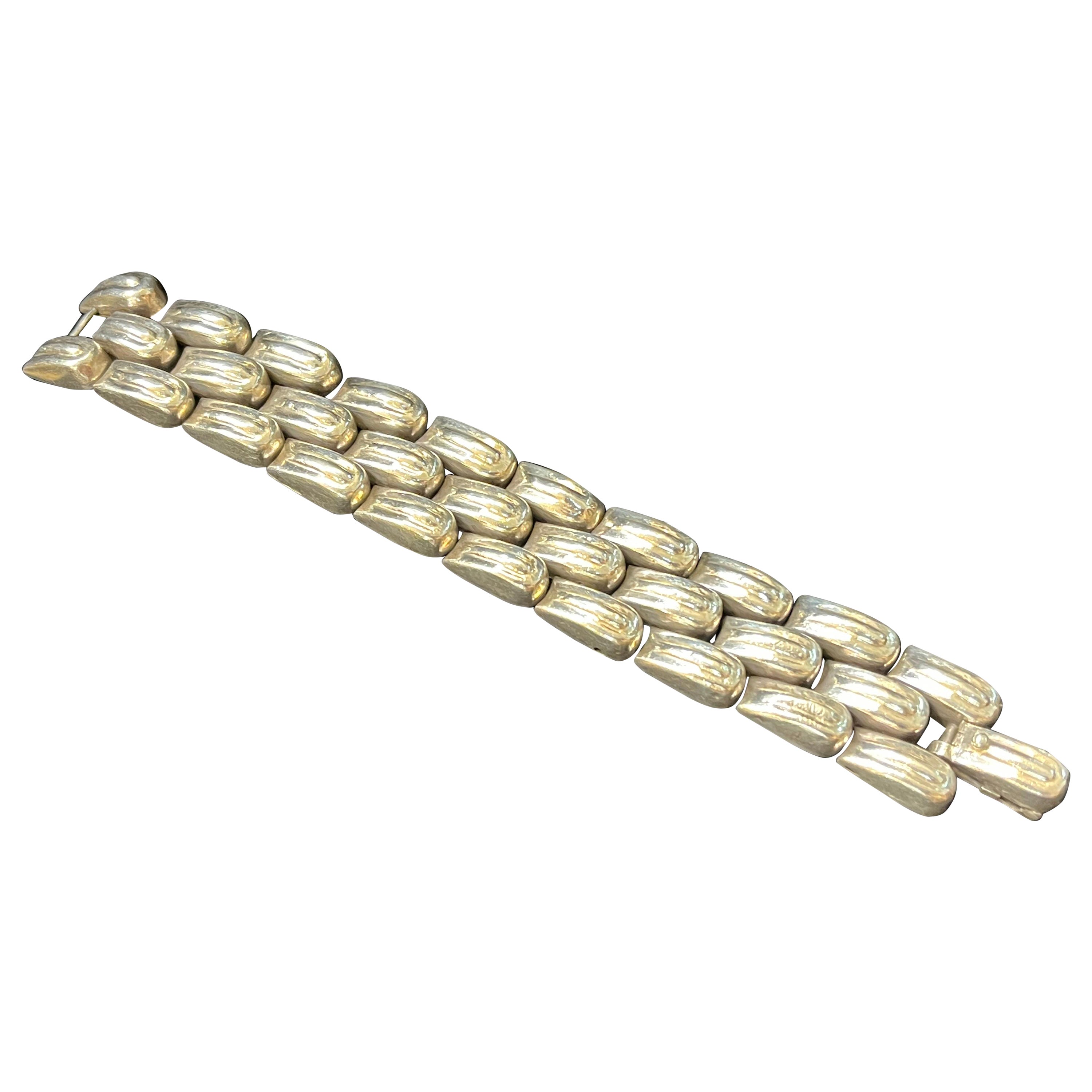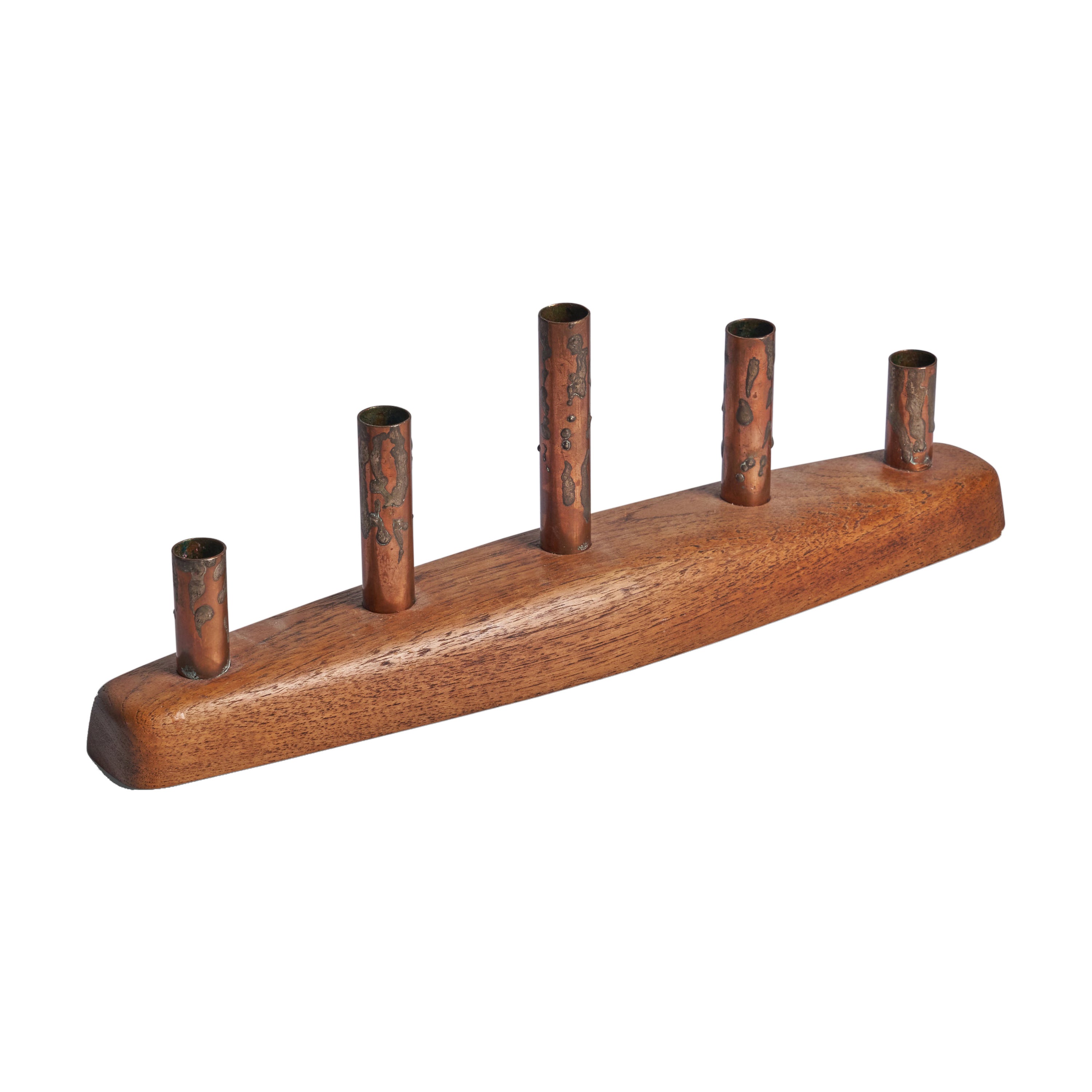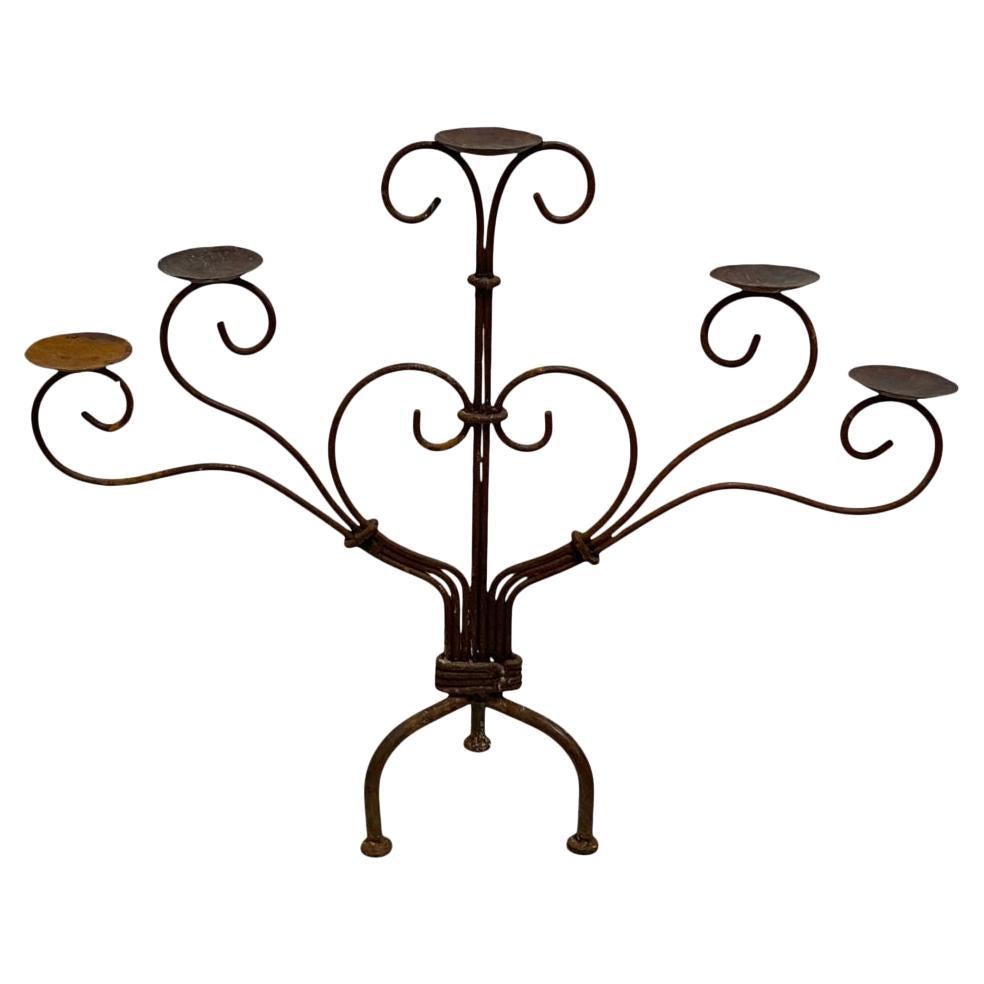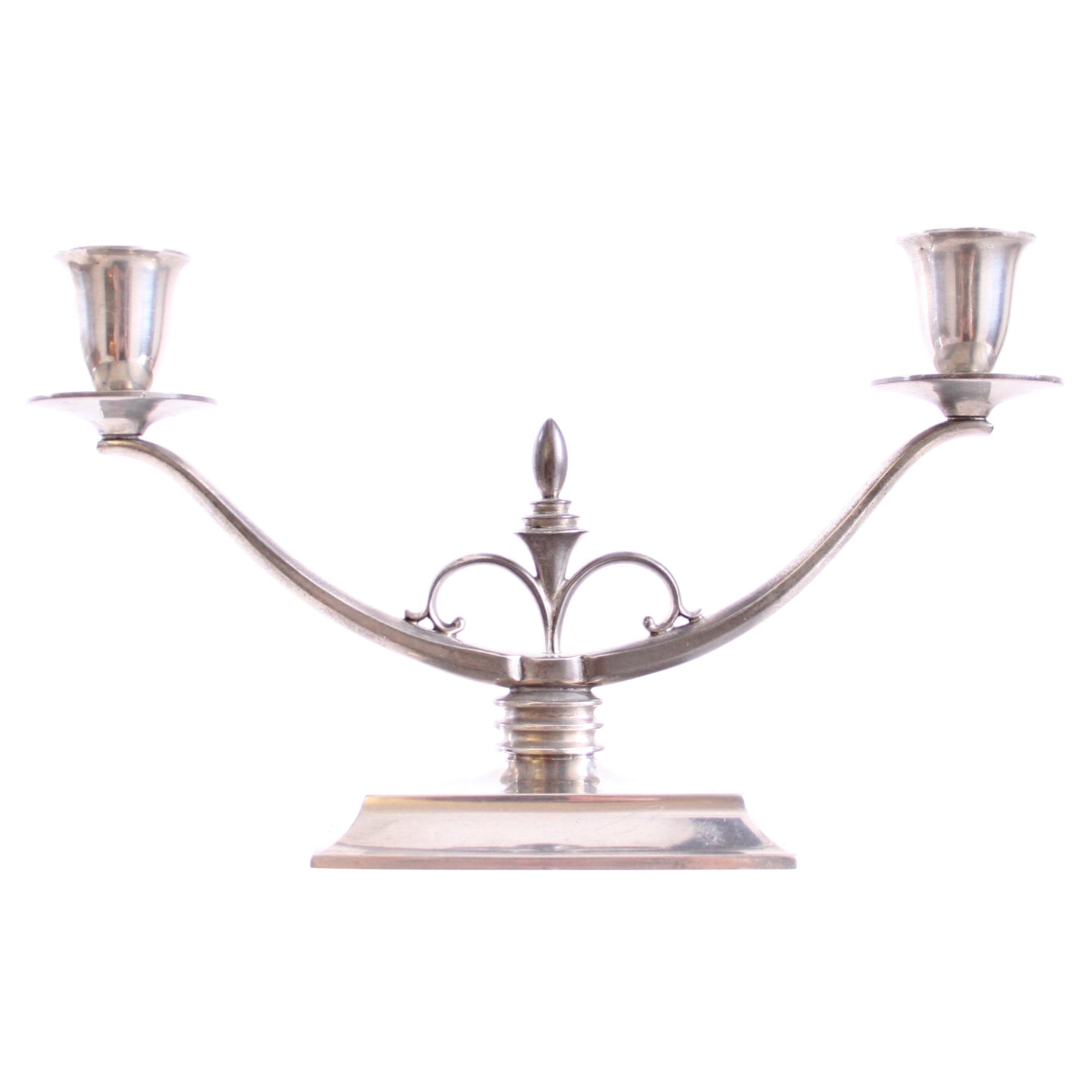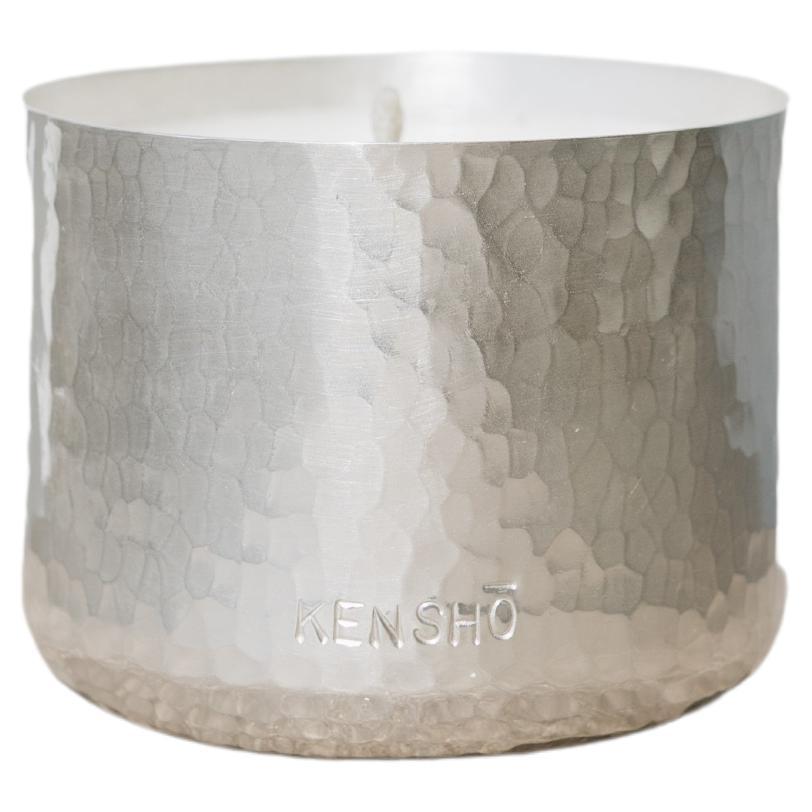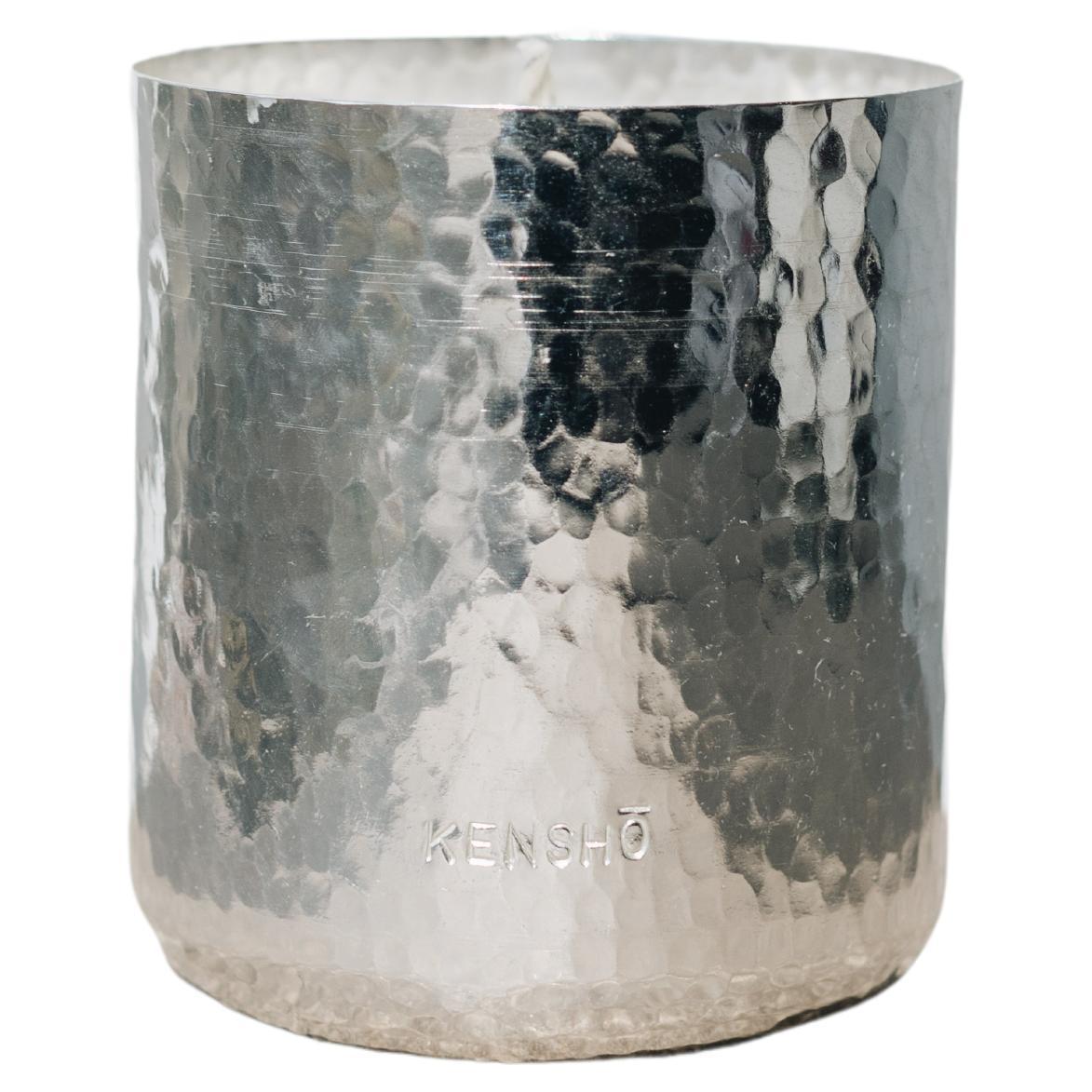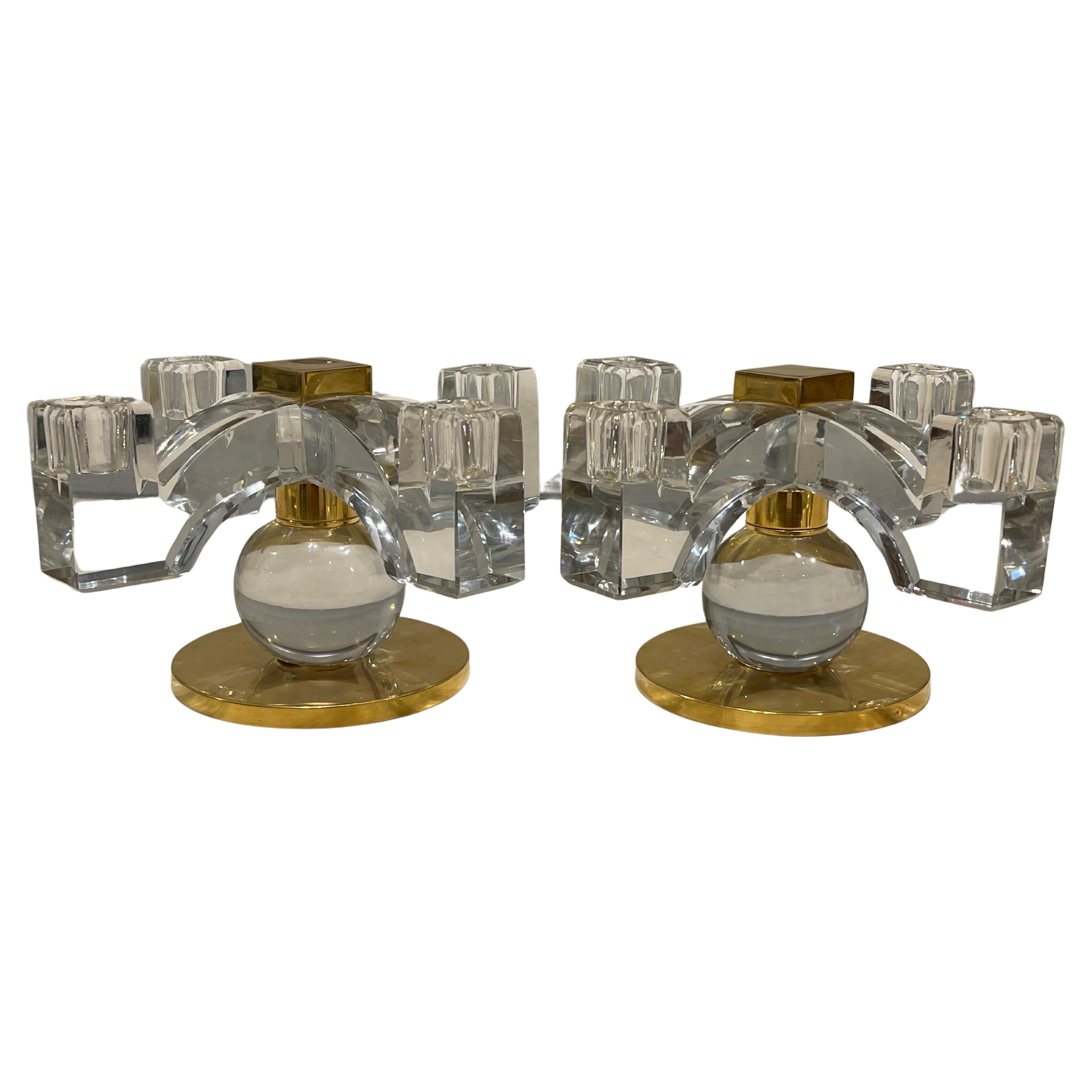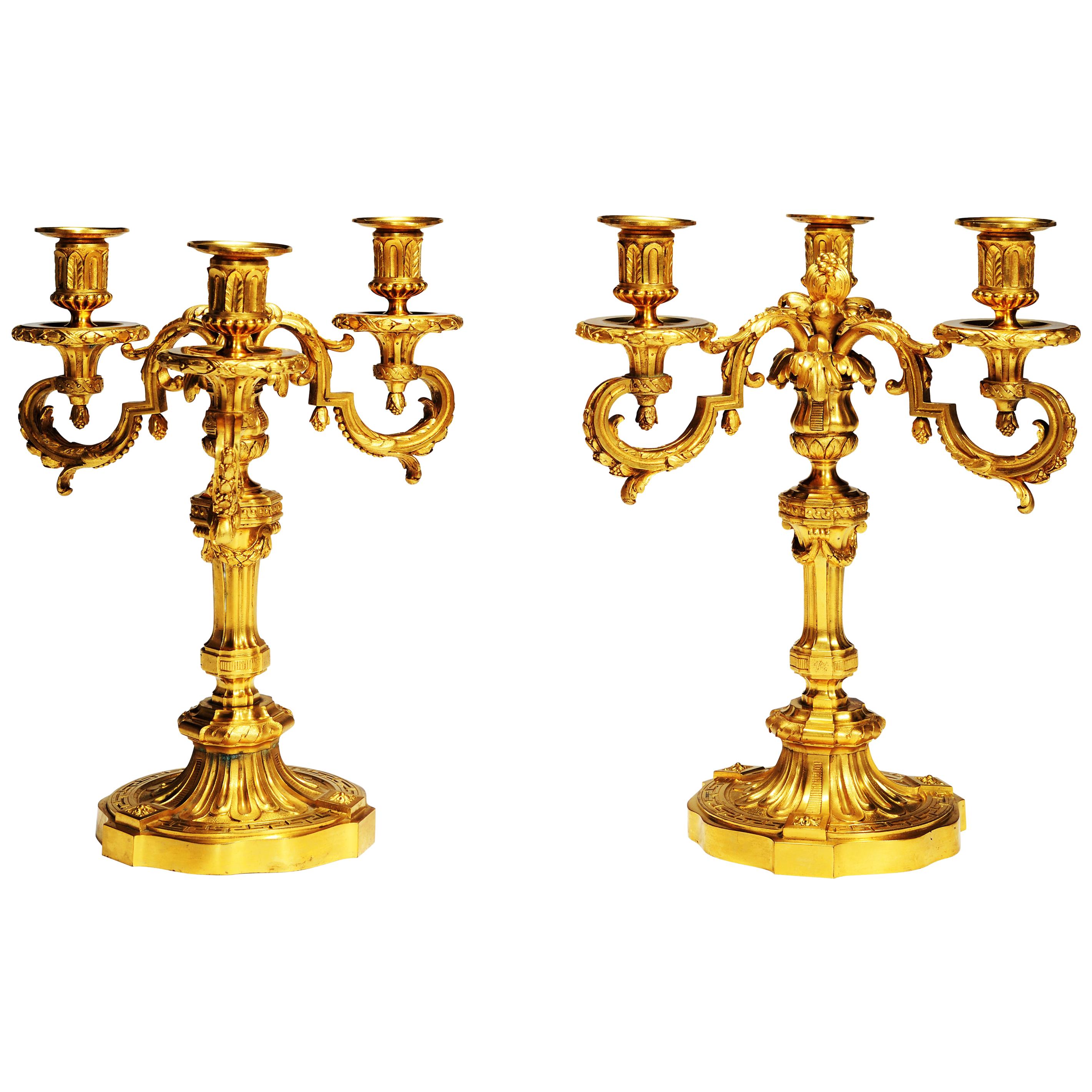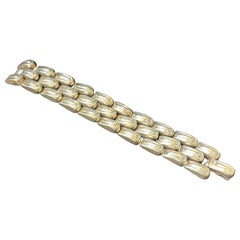
William Spratling, Tin Candelabra, Taxco, Mexico, circa 1935
View Similar Items
1 of 8
William Spratling, Tin Candelabra, Taxco, Mexico, circa 1935
About the Item
- Creator:William Spratling (Metalworker)
- Dimensions:Height: 16 in (40.64 cm)Width: 14.5 in (36.83 cm)Depth: 6.1 in (15.5 cm)
- Style:Mid-Century Modern (Of the Period)
- Materials and Techniques:
- Place of Origin:
- Period:
- Date of Manufacture:circa 1935
- Condition:Wear consistent with age and use.
- Seller Location:Mexico City, MX
- Reference Number:Seller: A02661stDibs: LU145329373303
You May Also Like
- Hector Aguilar Copper Brass Scroll Candelabra, Taxco Mexico, Early 1940By Hector AguilarLocated in Buffalo, NYWonderful matched pair, This is one of the most iconic items created by Hector Aguilar in his Taller Borda in the early 1940s. It is featured in Silver Masters of Mexico by Penny Morrill on page 120. She describes the candelabra thusly: “The eye follows the tumbling spirals as though they were lines in relief. Balance and movement coexist as the spirals push upward toward the light of the candles”. What a well-crafted description of this beauty! Made primarily of copper with brass accents, the candelabra's are signed on the base with a conjoined HA on a recessed circle, i It measures 10 ¼ inches long, 6 ½ inches tall, and 2 ¼ inches wide. I have left this stunner unpolished, as many people prefer to retain the rich decades-old patina. – exceptionally rare and hard to find – a work of art by one of the mid century metal Masters...Category
Vintage 1940s Mexican Mid-Century Modern Candelabras
MaterialsSilver, Brass, Copper
- Mexican Designer, Candelabras, Chromed Steel, Lacquered Tin-Plate, Wood, 1940sLocated in High Point, NCA pair of chromed steel, wood and lacquered tin, 5-armed candelabras designed and produced in Mexico, 1940s.Category
Vintage 1940s Mexican Art Deco Candelabras
MaterialsSteel, Tin
- William Spratling Signed Sterling Silver Feather of Quetzalcoatal Taxco BraceletBy William SpratlingLocated in Atlanta, GAA vintage, circa 1940s signed sterling silver bracelet by William Spratling. This design is called Feather of Quetzalcoatl. According to "Spratling Silver: A Field Guide", by Phyllis Goddard, this bracelet was designed during William Spratling's first design period, 1931-1946. But first things first, who is Quetzalcoatl? According to this Wikipedia article, "The name Quetzalcoatl comes from the Nahuatl language and means "Precious serpent" or "Quetzal-feathered Serpent". In the 17th century, Ixtlilxóchitl, a descendant of Aztec royalty and historian of the Nahua people, wrote, "Quetzalcoatl, in its literal sense, means 'serpent of precious feathers' but in the allegorical sense, 'wisest of men'."" Ah! So that must be why Spratling called this design 'Feather of Quetzalcoatl! But hang on there, how did Spratling come to learn about Quetzalcoatl? Well according to the website Elisa Rolle, "When lecturing at the National University of Mexico's Summer School in 1926-1928, Spratling quickly integrated himself into the Mexican art scene and became a friend and a strong proponent of the work of muralist Diego Rivera, for whom he organized an exhibition at the Metropolitan Museum of Art in New York. Using money received from commissions he organized for Rivera, Spratling bought a home in Taxco, Mexico in 1928, where he began work on a book, Little Mexico, about this small mountain town. Spratling was gay, but most accounts of his life mention this only indirectly if at all. Spratling amassed a large collection of Pre-Columbian figurines...Category
Mid-20th Century Mexican Mid-Century Modern Sterling Silver
MaterialsSterling Silver
- 1950s Pair of Spanish Tin CandelabraLocated in Marbella, ES1950s Pair of Spanish Tin CandelabraCategory
Mid-20th Century Spanish Candlesticks
MaterialsMetal
$1,867 / set - Swedish Designer, Candelabra, Teak, Copper, Tin, Sweden, 1950sLocated in High Point, NCA teak, copper and tin candelabra designed and produced in Sweden, c. 1950s. Fits 0.75” diameter candlesCategory
Vintage 1950s Swedish Mid-Century Modern Candelabras
MaterialsCopper, Tin
- Mexican Handcrafted 5-Arm Iron CandelabraLocated in Sag Harbor, NY21″H x 25.5″W x 6″DCategory
Antique 19th Century Candelabras
MaterialsIron
Recently Viewed
View AllMore Ways To Browse
Antique Mexican Silver
Mexico Tin
Mexican Tin
Slant Back Mid Century
Candelabrum Silver
Candelabra Mexico
Mexico Candelabra
Mexican Candelabra
Freds Antique Furniture
Antique Silver Stamp Holder
William Davis Furniture
Mexican Silver Candle
Antique Tin Candle Holder
Antique Tin Candle Holders
Mexican Silver Candelabra
Tin Candelabra
Mexican Tin Candelabra
Spratling Tin
